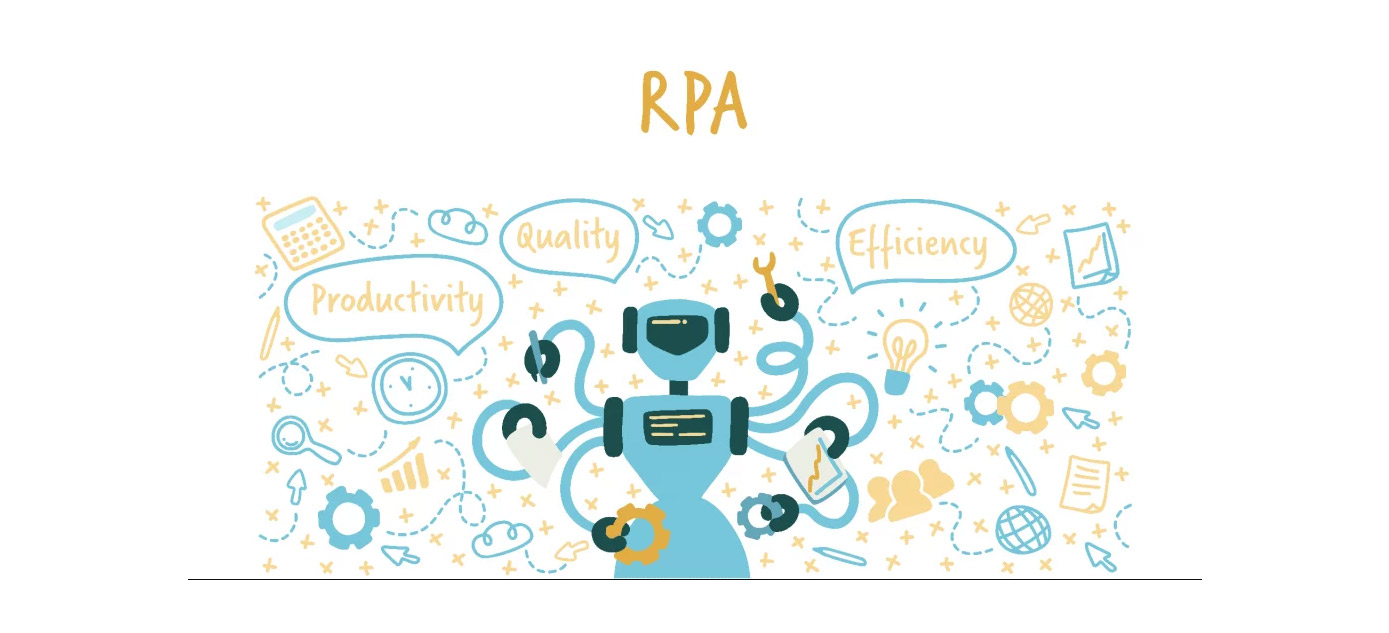Robotic Process Automation

Robotic Process Automation Overview
Going from simple, back-office task
automation to scaled automation to handle
time-consuming business processes can be a
challenge. The IBM Robotic Process
Automation offering helps you automate more
businesses and IT processes at scale with
the ease and speed of traditional RPA.
Software robots, or bots, can act on AI
insights to complete tasks with no lag time
and enable you to achieve digital
transformation.
Robotic Process Automation Features
Unattended bots
Automate repetitive tasks without human intervention.
Attended bots
Enable human workers to use bots on demand.
Intelligent chatbots
Create engaging chatbots for any channel.
Workload management
Distribute work across multiple bots intelligently.
Scheduling
Manage the time schedule for running unattended bots.
Low-code authoring tools
Build bots faster with hundreds of prebuilt commands.
Workload management
Distribute work across multiple bots intelligently.
Your choice of deployment
Deploy on premises or in the cloud (SaaS).
Concurrent bot execution
Increase scalability and run multiple bots on the same virtual host.
Credential vault
Store login credentials for your bots with a high level of security.
Benefits

RPA and AI — A comparative study

While designing a business function we need to assign roles than RPA would be the “doer” while AI would be the “thinker”. As discussed above RPA is a robot that mimics human functions and will do only what it’s told to do and doesn’t have the capability to think on his own else. AI, on the other hand, is all about analyzing data stacks and processing them using its intelligence. In a business process, RPA would be the perfect option for filling the data into forms and you might need AI in order to differentiate which data needs to go where on the form. This collaboration of RPA & AI to accomplish the task is called Automation Continuum.
